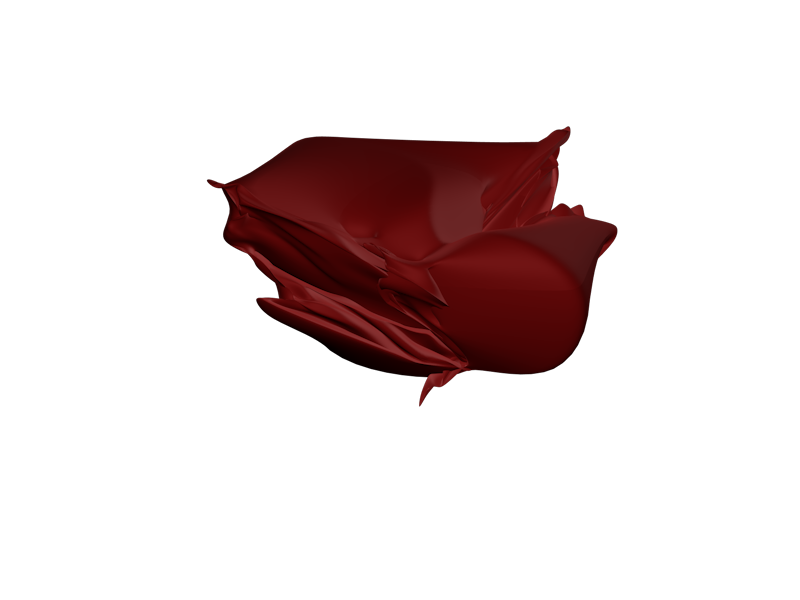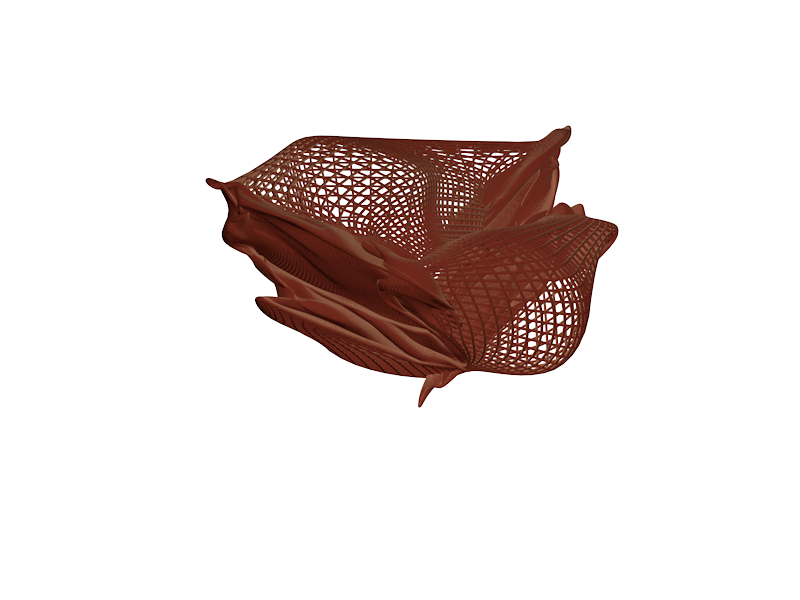Wednesday, 17 December 2014
Tuesday, 18 November 2014
Tuesday, 21 October 2014
Transhumanism
'does transhumanism hold the ability to change the face of disability by negotiating dda compliancy, how would this alter the architecture of the future?'
Wednesday, 8 October 2014
Wednesday, 1 October 2014
Wednesday, 30 April 2014
Moving Landscapes
Here are some tests from three of the 3d landscapes that I have set up to use as part of my final film, the landscapes exaggerate the way in which I see and experience the landscape.
Monday, 24 March 2014
Progress
I've taken the past few weeks to test and explore methods and techniques that I can use to illustrate each of my interactions with site through the expression of my geometries. I really liked the discussions of introducing these geometries back into Canvey in order to adapt the landscape / as landscape informants and have started to test how I could visualise this in cinema 4d. The next steps are to actually produces the geometries that represent my body parts and to recreate the conditions which were experienced during my site visit. The following are a few of the stills and movie tests that I have produced.
Material tests using light to colour and an atom array to produce a hybrid line render:
Material tests using light to colour and an atom array to produce a hybrid line render:
Movie clips testing animatable features as well as testing movement type:
Tuesday, 4 March 2014
Designing the framework
After last weeks tutorial I wanted to approach the making of my drawing in a more systematic way, by concentrating on a small element. The approach is still in very early stages and there is much more information I want to try and add as my project develops. The drawing is to act as a visual description of a gait analysis and takes the following approach:
1. Each geometry is based upon the amount of markers used on a specific body part during the analysis, the geometry's points and subdivisions are also based on this number.
2. The geometry's markers / points are shown as a trail behind the object, this also describes the path of the obstacle.
3. The colour / intensity of the geometries will each refer to a specific part of the body so that the element is easily identifiable.
In addition to this a system is to be designed to depict the difficulty in an interaction with the site such as going down a slope or walking on an uneven surface. I also intend to give each interaction a grid reference so that it can be read with an actual map of Canvey.
Here are a few initial line render movies and stills which show two different techniques, the journey depicted is of my of my right foot walking up the slope towards the Labworth cafe.
The following images are render tests / treatments that begin to describe the look of the drawings.
1. Each geometry is based upon the amount of markers used on a specific body part during the analysis, the geometry's points and subdivisions are also based on this number.
2. The geometry's markers / points are shown as a trail behind the object, this also describes the path of the obstacle.
3. The colour / intensity of the geometries will each refer to a specific part of the body so that the element is easily identifiable.
In addition to this a system is to be designed to depict the difficulty in an interaction with the site such as going down a slope or walking on an uneven surface. I also intend to give each interaction a grid reference so that it can be read with an actual map of Canvey.
Here are a few initial line render movies and stills which show two different techniques, the journey depicted is of my of my right foot walking up the slope towards the Labworth cafe.
Interaction tests
The following images are render tests / treatments that begin to describe the look of the drawings.
Tuesday, 4 February 2014
My Canvey Map
This is the beginning of my mapping of Canvey, I've also had a think about where I could potentially see this project going which I want to discuss during tutorials, but essentially what I want to do is to create a series of 3 Canvey Maps which will:
1. Analyse my initial visit to Canvey highlighting accessibility issues
2. Create a series of interventions that help with these accessibility issues
3. Re-design selected areas of Canvey to create a 'Slow House' a way in which I can experience the whole of Canvey in one space using the actual and the virtual. My 'Slow House' is to designed to meet my limitations i.e. the dimensions of the space is based on the speed and distance that I travel in comparison to the average person.
I would then like to combine this information to create a master map created as an interactive multi layered document, possibly as a website.
Subscribe to:
Comments (Atom)





























